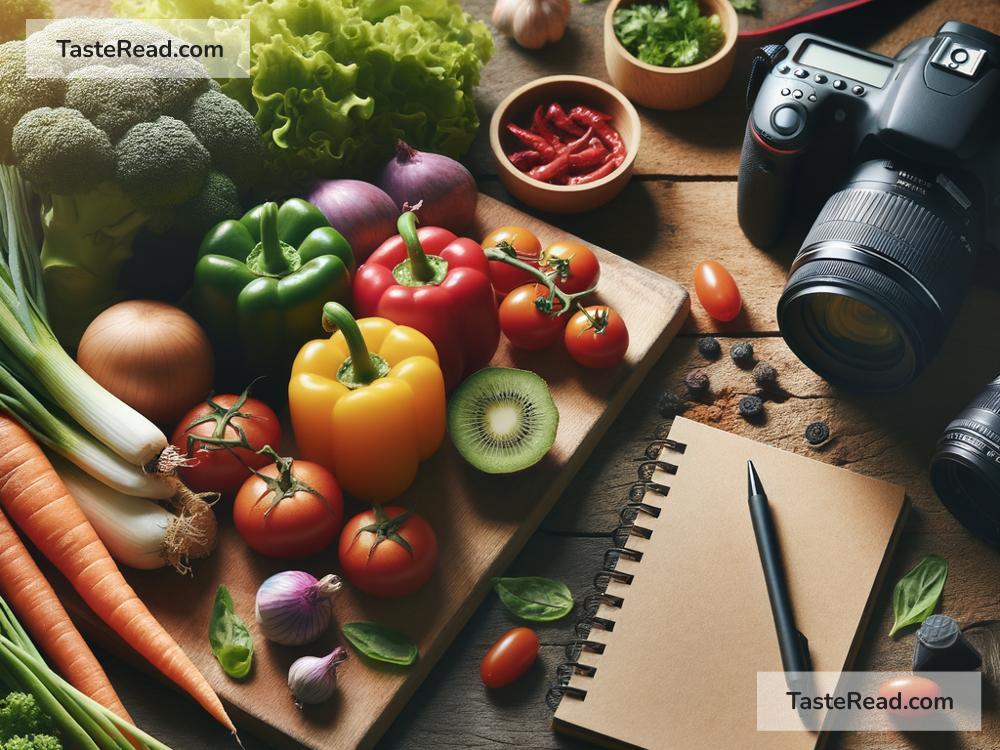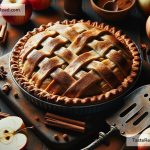Creating a Food Photography Mood Board for Consistency and Inspiration
If you’ve ever scrolled through an Instagram feed of sumptuous dishes or flipped through the glossy pages of a cooking magazine, you know there’s something special about great food photography. It’s about more than just the food itself; it’s about telling a story, evoking a feeling, or transporting you to another place. One tool that professional food photographers often use to achieve this level of artistry is a mood board. But what exactly is a mood board, and how can you create one for your food photography? Let’s dive in.
What is a Mood Board?
A mood board is essentially a collage of images, textures, colors, and elements that capture the essence of the theme, style, or atmosphere you want to create. Think of it as a visual blueprint or inspiration guide for your photography project. It helps you visualize your ideas and maintain consistency throughout your shoot.
Why Create a Mood Board for Food Photography?
Creating a mood board for your food photography can make a big difference in your work. Here’s why:
- Inspiration: It’s easy to get stuck in a creative rut. A mood board can spark new ideas and get your creative juices flowing.
- Consistency: Having a visual reference ensures that all the elements of your shoot – from the props to the lighting – work together to create a cohesive look.
- Communication: If you’re working with a team, a mood board is an excellent way to share your vision and ensure everyone is on the same page.
- Focus: It’s easy to get carried away with different ideas. A mood board keeps you focused on the style or theme you’re aiming for.
How to Create a Food Photography Mood Board
Creating a mood board doesn’t have to be complicated. Here’s a simple step-by-step process:
-
Define Your Objective: What is the purpose of your food photography? Are you shooting for a cozy, rustic recipe book or a bright, summer cocktail blog? Understanding your goal is crucial.
-
Gather Inspiration: Start collecting images, color swatches, keywords, textures, and anything else that inspires you. Look beyond other food photos – fashion, architecture, and nature can all spark creative ideas.
-
Select a Platform: You can create your mood board digitally using tools like Pinterest, Canva, or Photoshop. Alternatively, if you prefer something tactile, a physical board or even a notebook works just fine.
-
Organize Your Ideas: Begin by placing your favorite images in the center and add other elements around them. Focus on creating a coherent look rather than just a collection of nice pictures.
-
Identify Key Elements: Look for common themes in your mood board. What colors, textures, or styles are recurrent? These are your guiding elements for your photoshoot.
-
Refine and Edit: Don’t be afraid to remove elements that don’t fit or add new ones as your vision becomes clearer. Your mood board is a dynamic tool.
Tips for Using Your Mood Board
-
Refer Back Often: Keep your mood board handy during planning, shooting, and editing. It’s easy to stray from your original vision, so regular checks keep you aligned.
-
Experiment with Placement and Angles: Use the styles and themes of your mood board as a starting point, but don’t be afraid to play with angles, lighting, and composition.
-
Update Regularly: As you grow and your style evolves, so too should your mood board. Don’t hesitate to create new ones for different projects or to refresh your inspiration.
Conclusion
A food photography mood board is an invaluable tool for anyone looking to enhance the creativity and consistency of their work. It serves as a source of inspiration, a guide for your styling and photography, and a communication tool for your vision. By investing the time to create and use a mood board, you set a solid foundation for stunning, coherent, and captivating food photography. So gather your inspirations, organize your ideas, and let your mood board guide you toward creating mouthwatering images that tell a story and evoke emotions. Happy shooting!


